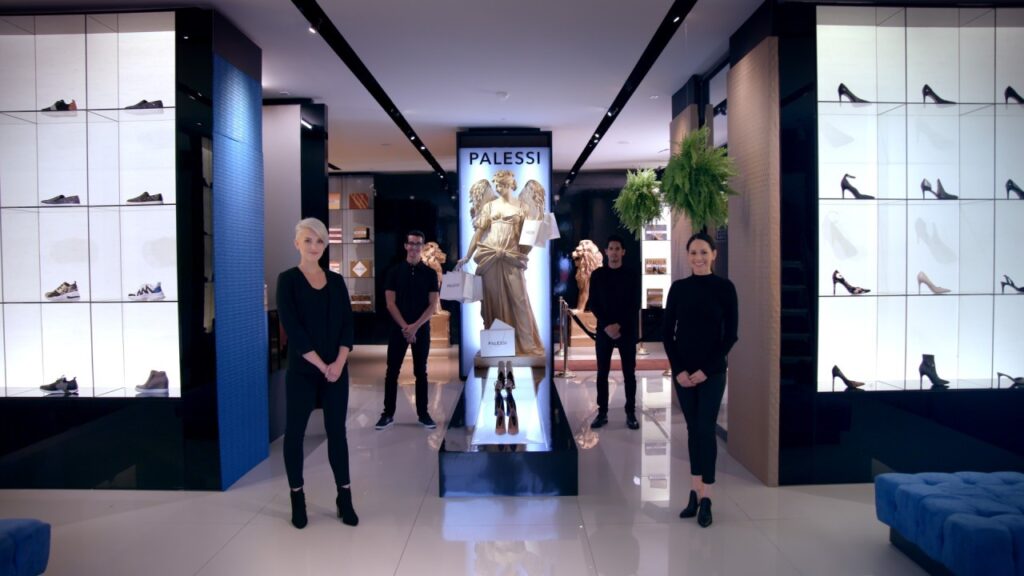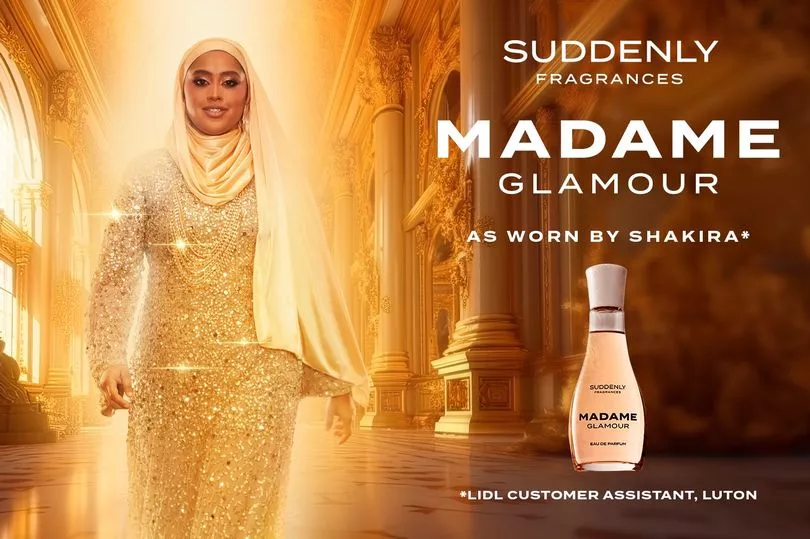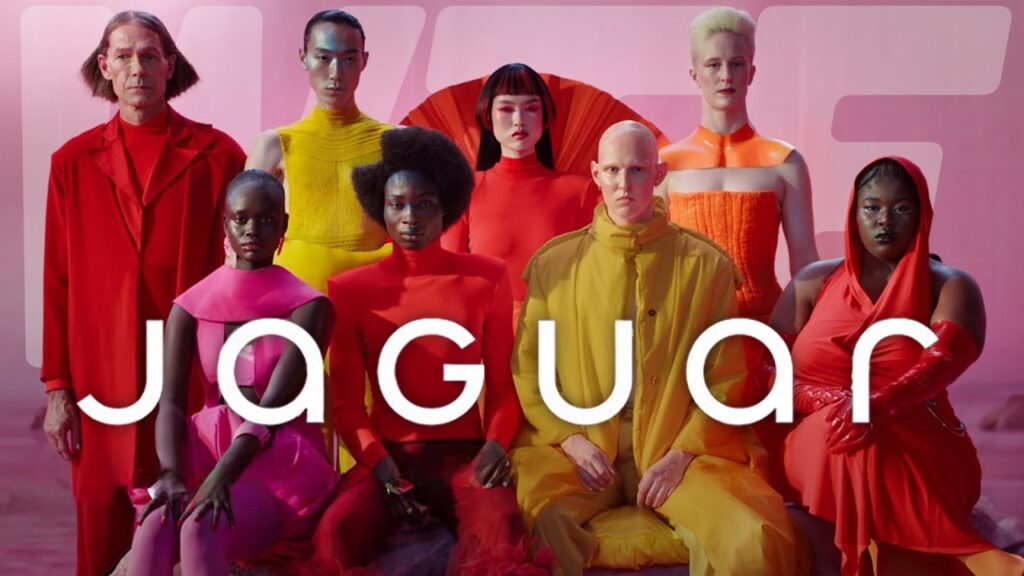Payless pulled off an absolutely brilliant marketing prank with its “Palessi” stunt, and honestly, it was the kind of mischief that marketers dream about. They set up a fake high-end boutique, stocked it with their usual budget-friendly shoes, and invited unsuspecting fashion influencers to check out the “designer” collection. The twist? The same $40 shoes that sit in a Payless store were suddenly going for $640 a pair. And people were eating it up.
Hidden cameras captured the moment shoppers learned the truth, and their reactions were priceless. Some laughed, some looked downright betrayed, but all of them had fallen for the biggest trick in branding: perception is everything. The campaign exploded online, racking up over 300 million media impressions and landing features in Adweek, The New York Times, and Business Insider. What can marketers learn from this genius stunt? Here are five key takeaways:
1. Perception Shapes Value
The Palessi experiment proved that price can completely change how people see a product. Put a high number on a price tag, and suddenly, the product seems more luxurious. It’s called prestige pricing, and it happens everywhere. Why do people shell out thousands for a Louis Vuitton handbag when a $100 bag functions the same way? Because branding makes it feel exclusive. Studies show that 67% of consumers believe price directly reflects quality, even when there’s no difference.
It’s the same reason why a $200 bottle of wine tastes better than a $10 bottle in a blind test, except scientifically it doesn’t. In one experiment, researchers at Stanford and Caltech gave participants two glasses of the same wine but told them one was more expensive. Brain scans showed their pleasure centers lit up more for the “expensive” wine, even though both were identical. Payless flipped this logic on its head, showing that even bargain shoes can feel like luxury with the right setup.
2. Environment Influences Buying Decisions
Let’s be real, nobody’s looking at a Payless store and thinking “luxury.” But put the same shoes in a sleek, high-end boutique with gold mannequins, moody lighting, and a staff trained to treat you like royalty? Suddenly, people are willing to splurge. This is a textbook example of atmospherics at play.
A 2019 retail study found that 76% of shoppers say store ambiance affects how they perceive product quality. It’s why Apple stores feel futuristic and minimalist, while luxury brands go for marble floors and chandeliers. It’s also why restaurants put effort into plating, because if your $50 steak looks like a work of art, you’re going to convince yourself it tastes better. Payless simply borrowed the same trick, and it worked like a charm.

3. Branding Can Override Product Reality
The name “Palessi” sounds like an up-and-coming Italian designer, right? That’s exactly why it worked. Consumers associate Italian fashion, French wines, and Swiss watches with premium quality, even if they don’t know much about the brands themselves. Payless tapped into this psychological shortcut by crafting a fake upscale identity.
A study by Harvard Business Review found that 64% of consumers are more likely to buy a product if they believe in its brand story. And the crazier part? A 2020 survey found that 45% of consumers are even willing to pay more for a brand name, even when they know the product is identical to a generic version. That’s the power of branding: it doesn’t just sell a product, it sells an identity.
4. Social Proof is a Powerful Persuader
Payless didn’t just rely on a fancy store, they let influencers do the heavy lifting. Before the reveal, fashion influencers raved about the “designer” shoes, praising their craftsmanship and elegance. This was social proof in action.
When people see others (especially trendsetters) loving a product, they’re far more likely to buy in. A 2023 report from Influencer Marketing Hub found that 92% of consumers trust influencer recommendations over traditional ads. And it’s not just influencers, this is why customer reviews can make or break a product. Ever noticed how an Amazon product with 4.8 stars sells way better than one with 4.2, even though both are rated “good”? That fraction of a point matters because people want reassurance before they buy. Payless didn’t just trick customers, they tricked the tastemakers, making the campaign even more powerful.
5. Marketing Stunts Can Drive Brand Reappraisal
Let’s be honest, Payless isn’t exactly a brand that screams “cutting-edge fashion.” But for a moment, they were the hottest topic in retail. This prank didn’t just sell shoes, it got people talking. News outlets covered it, social media exploded, and suddenly, Payless was positioned as a brand worth reconsidering.
Whether it leads to long-term sales is another story, but in the months following the stunt, Payless saw a significant increase in social media engagement, with over 2.5 million interactions across platforms. And while they eventually had to close their US stores due to financial struggles, this campaign was a reminder that even an aging brand can shake things up with the right marketing strategy.
The Bottom Line
The Palessi experiment was marketing magic at its finest. It showed that branding isn’t just about the product, but about the story, setting, and social cues that shape perception. Payless gave customers their money back, but the impact of this campaign will live on as one of the best examples of how marketing can warp reality.
It’s proof that price tags, store design, and a splash of influencer hype can make or break a brand’s image. Whether this changes how people see Payless in the long run is uncertain, but one thing’s for sure, it was a marketing stunt for the ages. And honestly? It was hilarious. Because if a budget shoe store can momentarily convince people they’re shopping at an exclusive European boutique, anything is possible in marketing.




